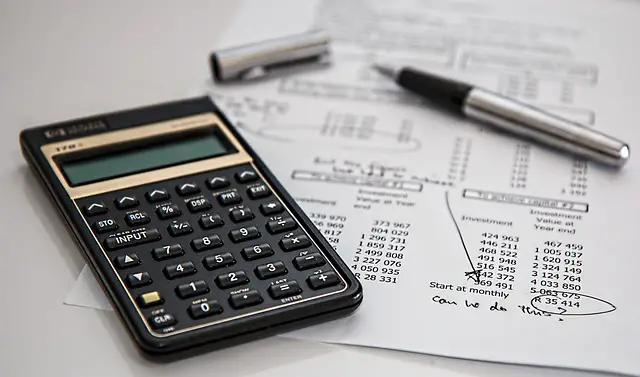How is the Capital Gains Tax Calculated?

Capital Gains Tax is a tax that is levied on the profits or gains realized from the sale or exchange of an asset. The tax is imposed on the difference between the purchase price and the selling price of the asset. The amount of capital gains tax that is payable depends on several factors, including the type of asset being sold, the length of time the asset was held, and the tax rate that applies in the relevant jurisdiction.
Below, we will explain How the Capital Gains Tax is Calculated, the different types of capital gains tax, and the factors that can affect the amount of tax that is payable.
What is Capital Gains Tax?
Capital Gains Tax is a tax that is levied on the profits or gains realized from the sale or exchange of an asset. The tax is based on the difference between the purchase price of the asset and the price at which it is sold or exchanged. For example, if you purchased a property for $100,000 and sold it for $150,000, you would be required to pay capital gains tax on the $50,000 profit.
Capital Gains Tax is a form of income tax, and the amount of tax that is payable depends on the tax rate that applies in the relevant jurisdiction. The tax rate can vary depending on the type of asset being sold and the length of time the asset was held.
How is the Capital Gains Tax Calculated?
The calculation of capital gains tax is based on the following formula:
Capital Gains Tax = (Sale Price – Purchase Price) x Capital Gains Tax Rate
The sale price is the amount for which the asset was sold or exchanged, and the purchase price is the amount that was paid for the asset when it was acquired.
The capital gains tax rate is the rate at which the tax is applied. This rate can vary depending on the type of asset being sold and the length of time the asset was held.
For example, if you purchased a property for $100,000 and sold it for $150,000 after holding it for five years, and the capital gains tax rate is 20%, the capital gains tax payable would be calculated as follows:
Capital Gains Tax = ($150,000 – $100,000) x 20% Capital Gains Tax = $10,000
In this example, you would be required to pay $10,000 in capital gains tax.
Different Types of Capital Gains Tax
There are two main types of capital gains tax: short-term capital gains tax and long-term capital gains tax.
Short-term Capital Gains Tax
Short-term Capital Gains Tax is a tax that is levied on the profits or gains realized from the sale or exchange of an asset that has been held for less than one year. Short-term capital gains tax is typically higher than long-term capital gains tax and is based on the taxpayer’s ordinary income tax rate.
Long-term Capital Gains Tax
Long-term Capital Gains Tax is a tax that is levied on the profits or gains realized from the sale or exchange of an asset that has been held for more than one year. Long-term capital gains tax rates are typically lower than short-term capital gains tax rates, and the tax rate is determined based on the taxpayer’s income level.
Factors That Can Affect Capital Gains Tax
There are several factors that can affect the amount of capital gains tax that is payable, including:
- Holding Period: The length of time an asset is held can affect the capital gains tax rate. Assets that are held for a longer period of time are subject to lower tax rates.
- Adjusted Basis: The adjusted basis of an asset is the original purchase price, adjusted for any improvements or depreciation. A higher adjusted basis can result in a lower capital gains tax liability.
- Tax Rate: The tax rate that applies to capital gains can vary depending on the type of asset being sold and the taxpayer’s income level.
- Exemptions and Deductions: There are certain exemptions and deductions that can be claimed to reduce the amount of capital gains tax that is payable. For example, homeowners may be able to exclude up to $250,000 of capital gains from the sale of their primary residence.
- Losses: Capital losses can be used to offset capital gains, reducing the amount of tax that is payable. For example, if you sold an asset at a loss, the loss can be used to offset any capital gains realized from the sale of other assets.
Conclusion
Capital Gains Tax is a tax that is levied on the profits or gains realized from the sale or exchange of an asset. The tax is based on the difference between the purchase price and the selling price of the asset and is subject to different rates depending on the length of time the asset was held and the type of asset being sold. There are also several factors that can affect the amount of capital gains tax that is payable, including the holding period, adjusted basis, tax rate, exemptions and deductions, and losses. It is important to understand the rules and regulations that apply to capital gains tax in your jurisdiction and to seek professional advice if necessary.


